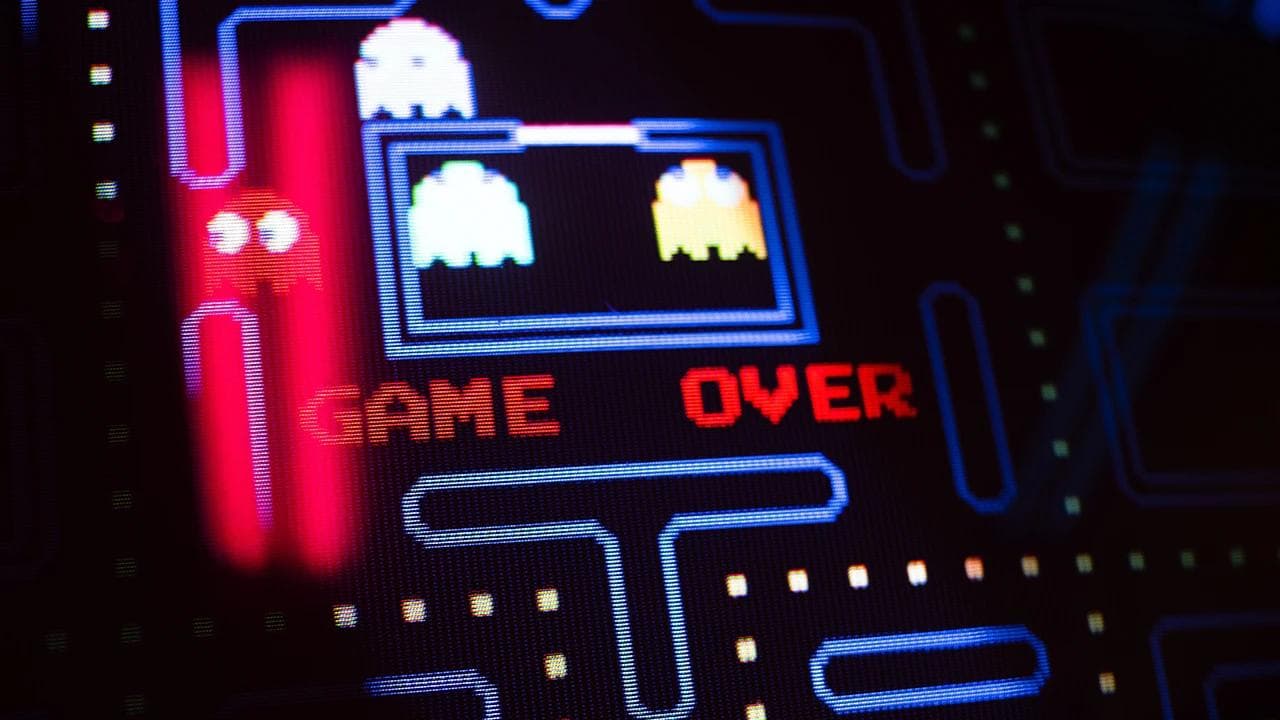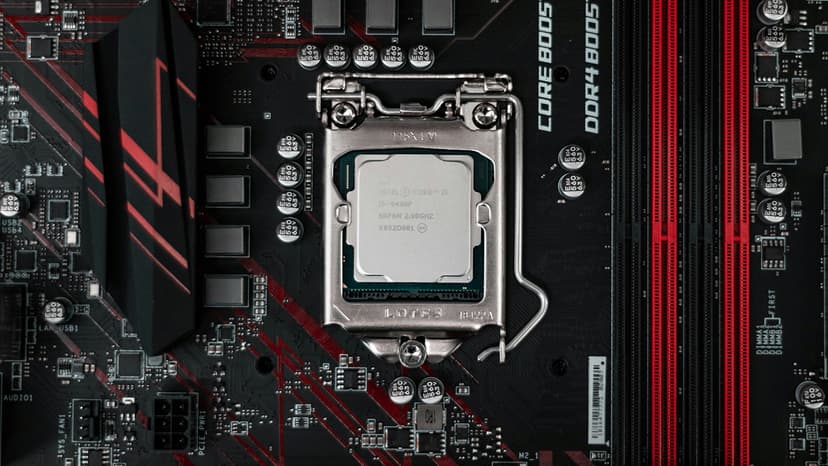Chasing Perfection: The AI Design Behind Pac-Man
Pac-Man has become an iconic symbol in gaming since its launch in 1980. Developed by Namco, this classic game engages players by navigating a maze, consuming dots, and avoiding ghosts. Its seemingly simple design hides a deeper complexity in its AI that continues to fascinate players and researchers alike.
The Birth of Pac-Man
Who created Pac-Man? Game designer Toru Iwatani aimed to attract a broad audience, including female players, a departure from the norms of the time. The vibrant maze and unique characters made the game engaging for all ages. This universal appeal led to its rapid success, establishing Pac-Man as a cultural phenomenon complete with merchandise, a television series, and even a hit song. The game's distinctive characters and maze design remain emblematic of early video game creativity.
The AI Programming Behind Pac-Man's Ghosts
What is the objective of Pac-Man? Players navigate through a maze filled with Pac-Dots while evading four colorful ghosts. Eating Power Pellets temporarily allows Pac-Man to eat ghosts for bonus points. The game's increasing speed and aggressiveness in later levels present additional challenges.
The AI governing the ghosts exemplifies simplicity and efficiency, reflecting the creativity of developers working with limited computing resources. The ghosts operate under defined rules and a targeting system guiding their movements, creating an engaging interplay between player and ghost.
Understanding the Ghosts' Modes
What modes do the ghosts operate in? The ghosts switch between two main modes: 'scatter' and 'chase.'
-
Scatter Mode: The ghosts retreat to their corners of the maze, allowing the player a brief chance to strategize. This mode occurs at intervals, offering a moment of relief. The timing decreases as the game progresses, increasing the game’s difficulty.
-
Chase Mode: Here, each ghost actively pursues Pac-Man using unique behaviors, adding complexity to the gameplay. Players must navigate a shifting maze of tactics while being chased by four distinct strategies.
Ghost Targeting System
What behaviors do the ghosts exhibit?
-
Blinky (Red): The Persistent Pursuer: Blinky targets Pac-Man's current position. His straightforward approach becomes more dangerous as he speeds up in higher levels. When Pac-Man consumes a Power Pellet, Blinky tries to escape.
-
Pinky (Pink): The Clever Ambusher: Pinky targets a position four tiles ahead of Pac-Man, trying to corner him. After a Power Pellet is eaten, she retreats to avoid being caught.
-
Inky (Cyan): The Unpredictable Wildcard: Inky combines elements of Blinky's and Pinky's strategies. His movements depend on the locations of both Blinky and Pac-Man, making him unpredictable. He also becomes vulnerable after a Power Pellet is consumed.
-
Clyde (Orange): The Erratic Feinter: Clyde alternates between chasing Pac-Man and returning to his corner, creating a less predictable pattern. Post-Power Pellet, he exhibits erratic behavior, sometimes leading him directly into Pac-Man's path.
The Role of Power Pellets
What purpose do Power Pellets serve? They are strategic tools that allow Pac-Man to turn the tables on the ghosts temporarily. Consuming a Power Pellet changes the ghosts' behavior, forcing them to retreat and making them vulnerable.
Players can take advantage of this shift. During this time, ghosts take indirect paths back to their spawn points, visible only by their eyes. The strategic placement of Power Pellets allows skilled players to maximize points and clear sections of the maze more effectively.
Why the AI is Fascinating and Addictive
What makes the AI so engaging? The ghosts’ deterministic behaviors create a challenging environment. The game's simplicity invites players to learn effective strategies over time, enhancing their ability to navigate the maze and evade ghosts.
The balance between predictability and complexity ensures that players can gradually improve. As they play, they transition from mere reactions to anticipating the ghosts' movements.
The Influence of Pac-Man's AI
Why has Pac-Man's AI been significant? It set a benchmark for future game designs with its focus on distinct enemy behaviors. The game's intricate interactions inspired research and analysis regarding AI in gaming.
Pac-Man laid the groundwork for evolving game design and AI mechanics. Its character-driven AI continues to influence game developers worldwide, inspiring innovative approaches to creating dynamic gaming experiences.
(Edited on September 4, 2024)












